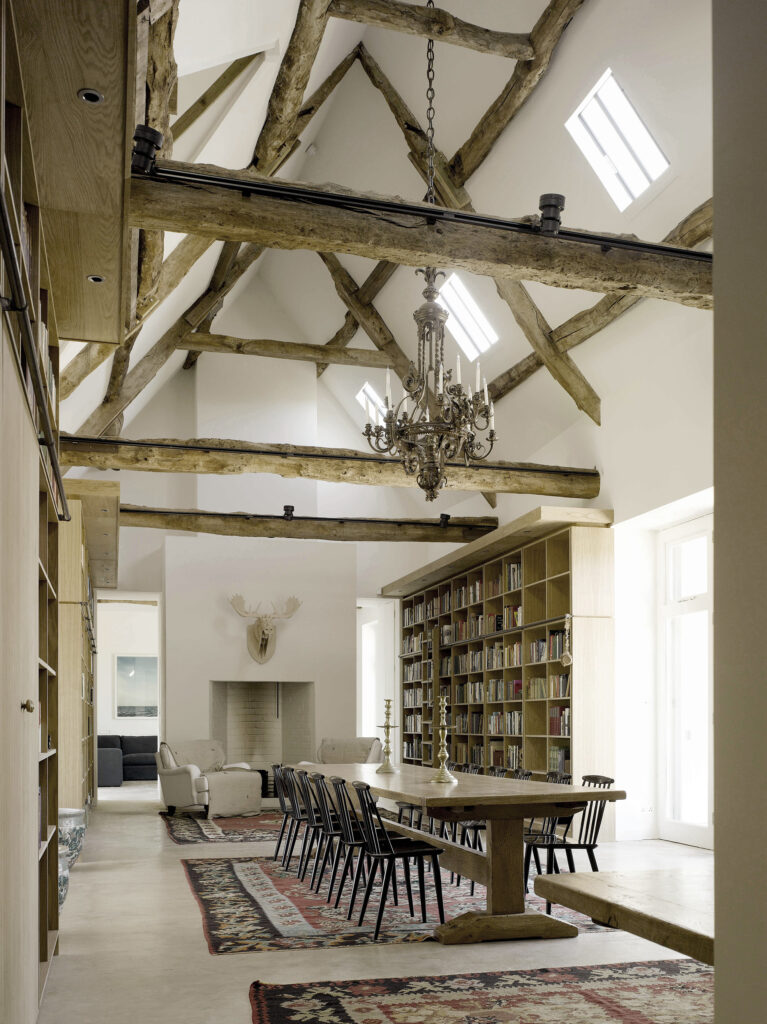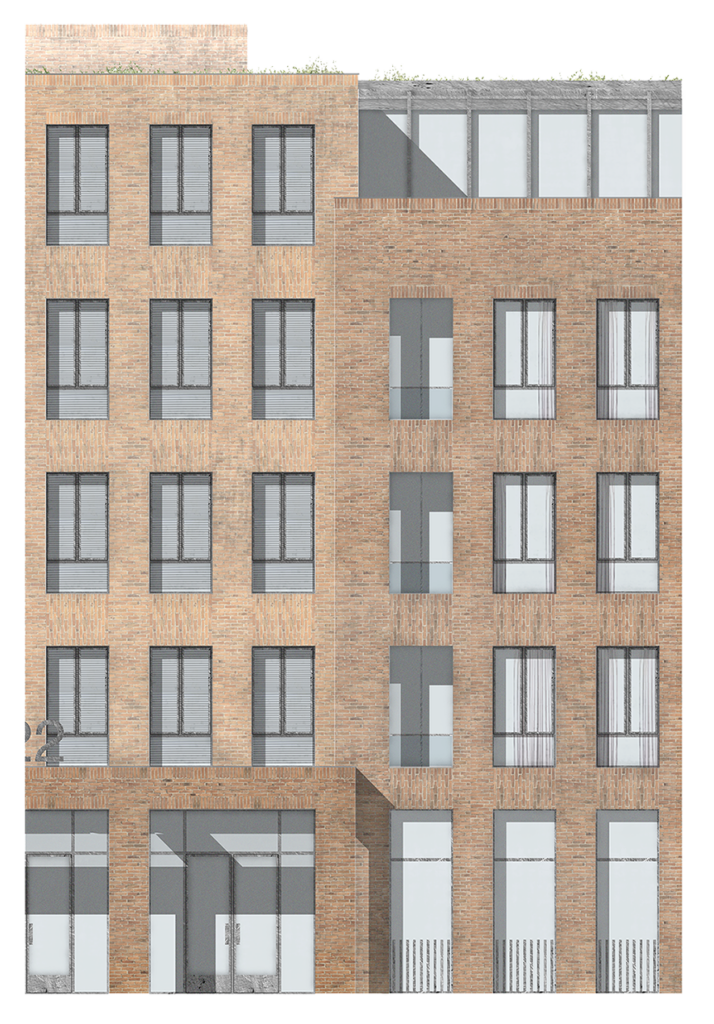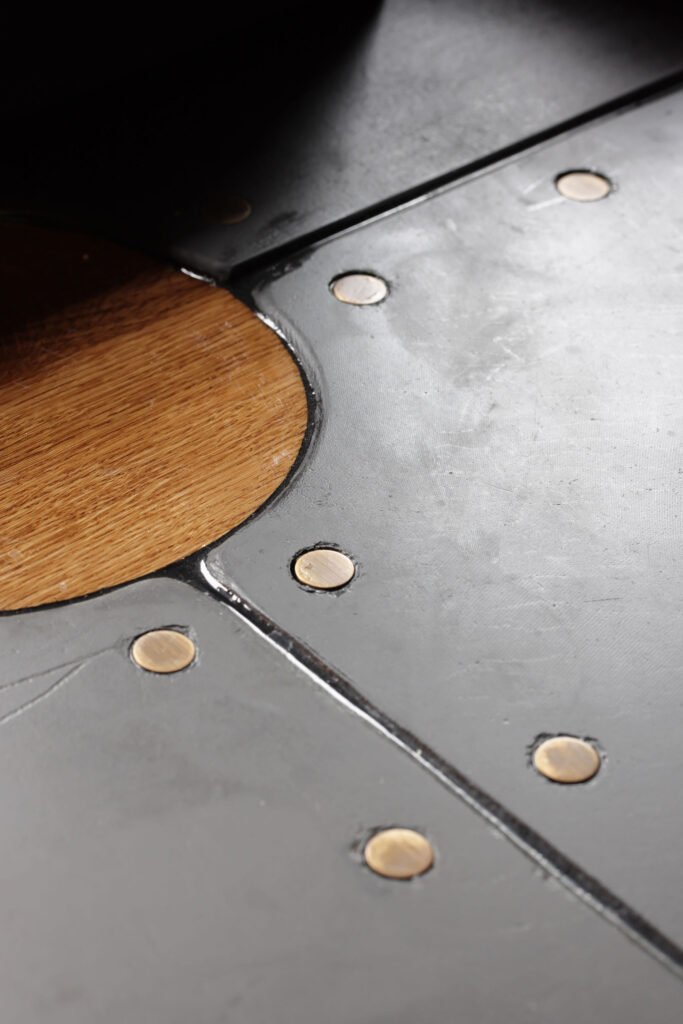Whether you’re planning a residential extension, a listed building renovation, or a complex mixed-use development, GS Architecture uses a structured, transparent process to guide you every step of the way.
Our Architectural Approach – What Makes Us Different:
Client-centred design process
At GS Architecture, the client is at the heart of everything. Our collaborative approach ensures every decision is made with your goals in mind.
- Friendly, transparent communication
- Tailored guidance at every stage
- A partnership built on trust and shared vision

Context-responsive architecture
We don’t impose a rigid aesthetic. Instead, we adapt to the unique context of each project—be it urban or rural, contemporary or historic. By understanding your site’s environmental, spatial, and cultural constraints, we uncover creative opportunities for truly bespoke design solutions.
Sustainable and ethical architecture
Sustainability isn’t an add-on—it’s a foundation. We help clients integrate modern, energy-efficient technologies from the outset to reduce environmental impact and future-proof their investment.
- Sustainable materials and construction methods
- Passive design strategies
- Long-term energy efficiency
International and multi-scale expertise
From mixed use developments in London to rural retreats in Africa, our experience spans continents and scales. This global exposure shapes our adaptable design methodology that works in diverse planning, climate, and cultural contexts.
Our step by step architectural design process
If you’re wondering what it’s like to work with GS Architecture, here’s how we turn your vision into reality:
RIBA stage 0 – Strategic Definition
– Initial meeting
A 1-hour consultation (in-person or remote) to understand your goals, constraints, and budget. We’ll also outline our design process.
– On-site concept survey
You walk us through the site, sharing your ideas and challenges. We assess planning, conservation, and listed building factors.
– Project visits
You’ll visit previous GS projects to see quality, materials, and design approaches in real-world settings.
RIBA stage 1 – Preparation and Briefing
– Initial project brief
An early meeting to discuss cost and scope expectations to ensure your brief and budget are in sync.
– Fee proposal
Includes detailed project brief, services required, expected consultants, and an estimated timeline.


RIBA stage 2 – Concept Design
– Initial designs
Our creative process begins—turning ideas into concept drawings and spatial strategies. The concept design often includes some initial coordination with other specialist, such as structural and building services engineers.
RIBA stage 3 – Spatial Coordination
– Design development
The design continues to evolve and become more developed. Measured drawings are produced and coordinated with other consultants.
– Initial cost plan
Created with a Quantity Surveyor to align the design with financial expectations.
– Design revisions
We refine the design based on feedback and updated cost considerations.
– Planning submission
This may involve pre-app stages or full applications, sometimes phased to de-risk the process. Listed buildings tend to require more detailed information and so may need additional research and development to reach this stage.
RIBA stage 4 – Technical Design
– Production information
We refine the design further to provide the necessary drawings for tender and ultimately construction. This includes fully coordinated general arrangemnts, detailed drawings, schedules, specifications, and details required for building control.
– Tender process
We help select and brief the right contractor to deliver your project.
– Further design revisions
Sometimes, following the tender process, some further refinement of the design is needed to keep the project within the desired budget, this is sometimes call value engineering.
RIBA stage 5 – Manufacturing and Construction
– Construction begins
Our involvement continues through site visits, design oversight, and issue resolution.
– Completion
We ensure every detail aligns with the vision, down to the final handover.
RIBA stage 6 – Handover
– Rectification period
During this period, the building is handed over for occupation. Some defects may be noted for rectification at the end of this period.
RIBA stage 7 – Use
– Post-completion consultation
We review the project with you and ask for your feedback. Has the design met your expectations? Does everything function as it should do? What could we have done differently that would have improved the process or the final result? Are you happy?

Why choose GS Architecture?
- RIBA Chartered Architects
- Sustainable Architecture Specialists
- Listed Building & Conservation Expertise
- UK and International Experience
- Transparent, Collaborative Process
Whether you’re creating a dream home or transforming a complex site, GS Architecture is here to guide, inspire, and deliver.
